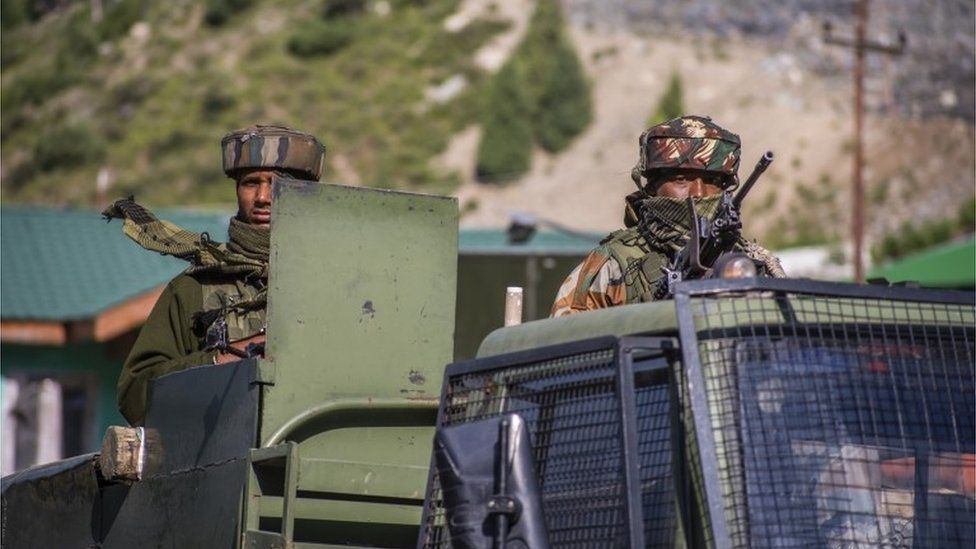
People following the military talks said on Saturday that the Indian and Chinese armies began negotiations to resolve the border dispute in eastern Ladakh exactly a year ago, but the two sides have only had limited success in hammering out an agreement for the disengagement of rival soldiers deployed at friction points along the contested Line of Actual Control (LAC).
Since June 6, 2020, the Indian Army and the People’s Liberation Army of China (PLA) have held 11 rounds of talks between corps commander-ranked officers to reduce tensions along the disputed border.
According to one of the officials quoted above, the only significant outcome of the military dialogue was the disengagement of front-line troops and weaponry in the Pangong Tso sector in mid-February after the ninth round of talks.
“At the other friction points, disengagement is stymied. The problems in Hot Springs, Gogra, and Depsang have not been resolved through talks. The talks are continuing, but the standoff appears to have no end in sight. We will continue to work with the Chinese side to find a solution,” a second official said, declining to be identified.
Both armies have 50,000 to 60,000 troops in the Ladakh theatre, and their deployments haven’t shrunk since the Pangong Tso sector disengagement.
On May 28, army chief General Manoj Mukund Naravane said his troops were on high alert as the PLA maintained its “immediate depth” across the LAC, from which they could be deployed to forward areas at short notice. (In the Ladakh sector, immediate depth refers to a distance of 150 to 200 kilometres from the LAC.)
According to Naravane, results should not be expected after every round of talks, citing the case of Pangong Tso, where disengagement occurred after nine rounds of talks.








